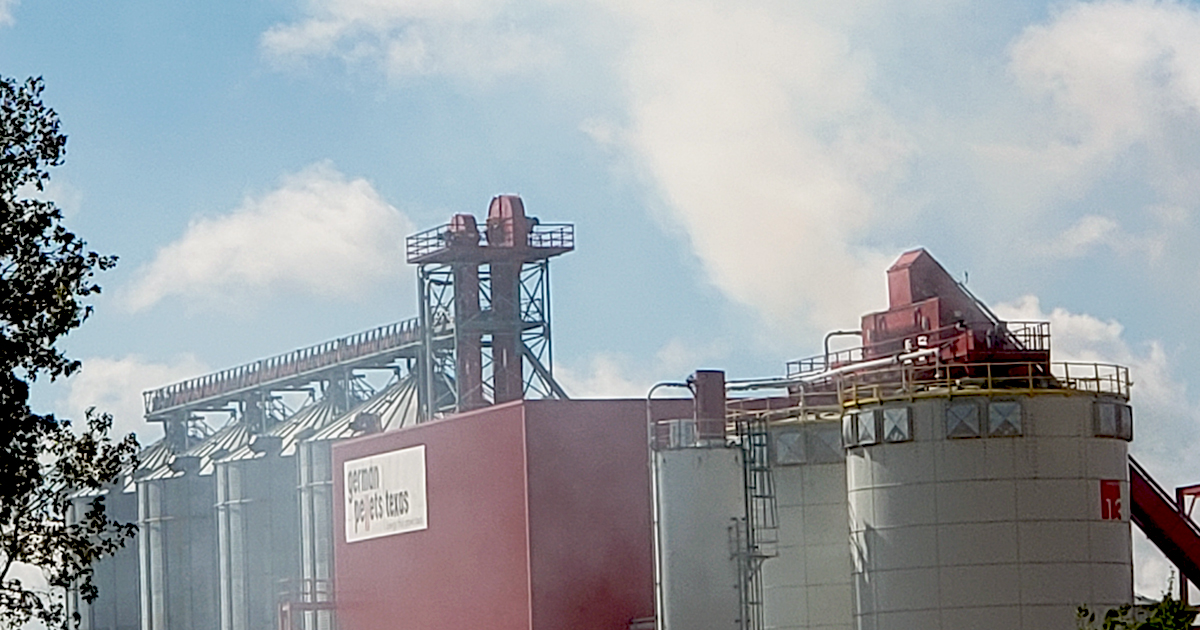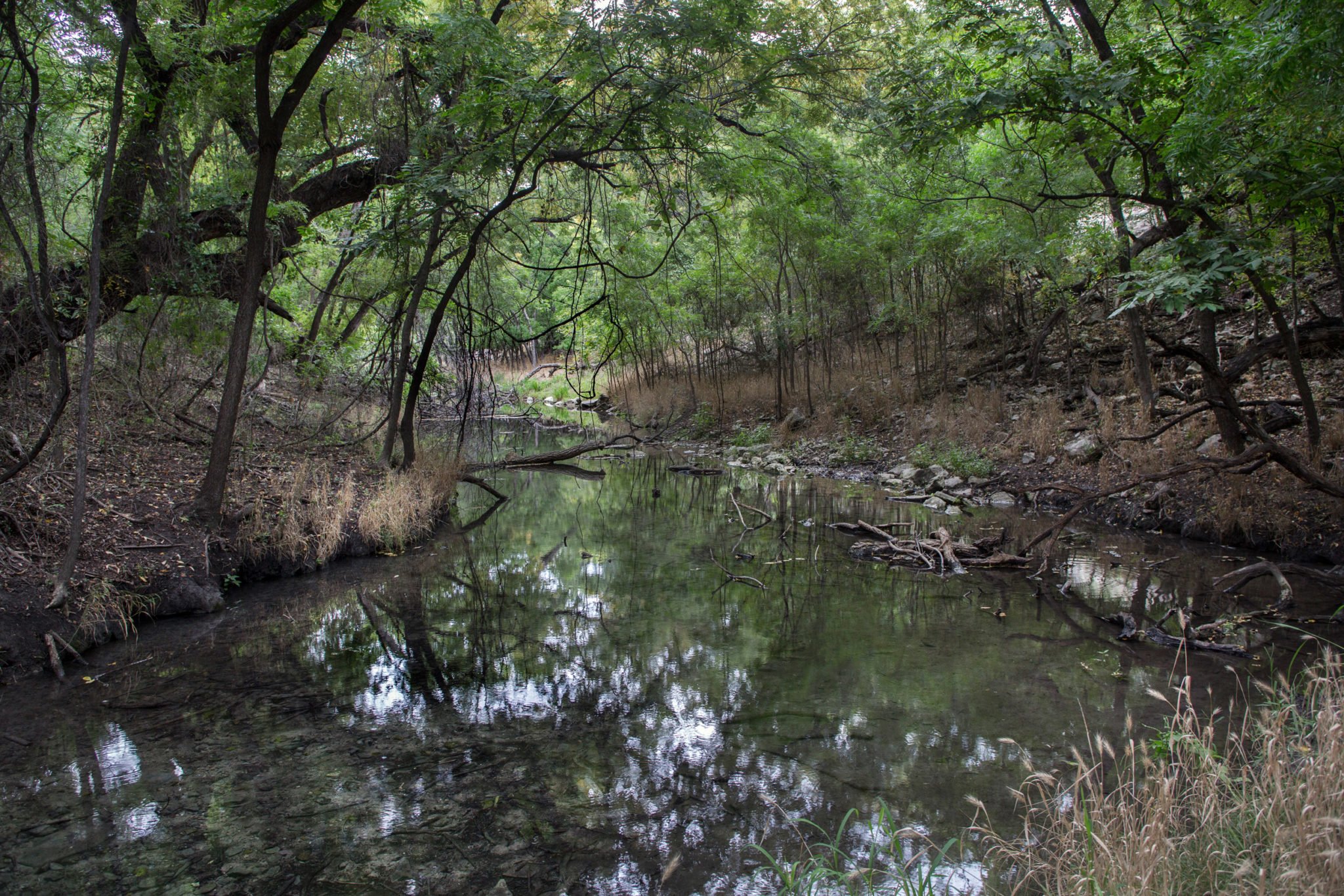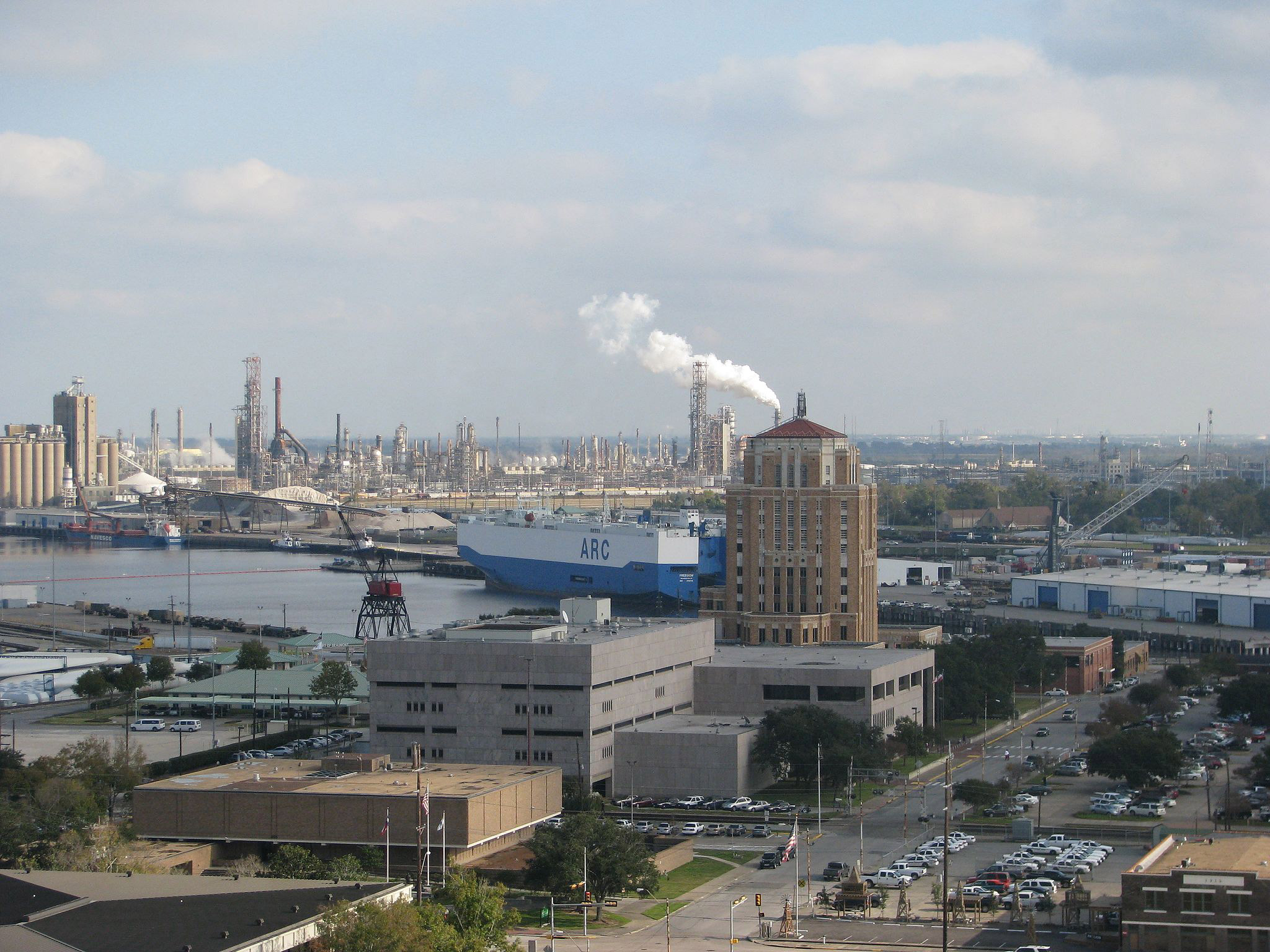
After 17 Years, EPA Settles Racial Discrimination Case Against TCEQ
TCEQ has agreed to install an air monitor in a majority African-American neighborhood near the Beaumont Exxon refinery, but advocates say it’s too little, too late.

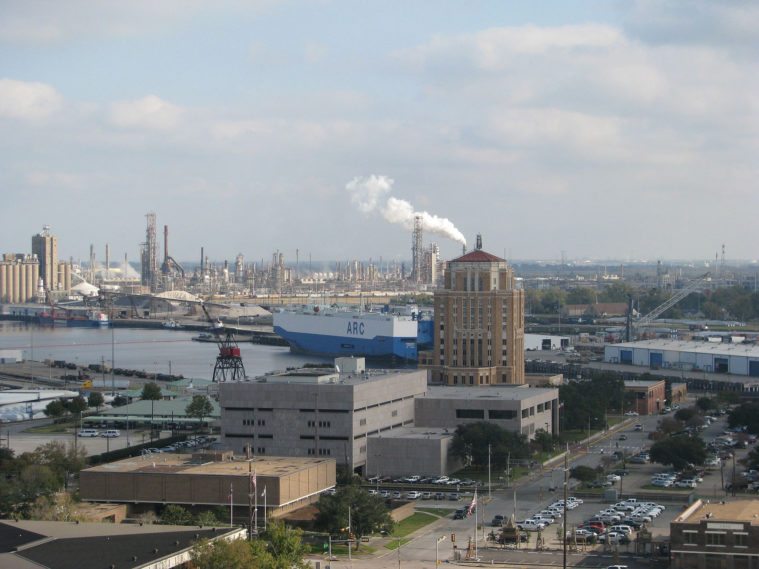
Reverend Roy Malveaux learned in the late 1990s that reporting the overwhelming rotten-egg smell coming from ExxonMobil’s Beaumont refinery was fruitless. Many times, the smell, a result of high hydrogen sulfide emissions, was so strong his eyes burned. People who lived in the nearby Charlton-Pollard neighborhood were often nauseous and dizzy. But Malveaux and the residents’ repeated complaints to the Texas Commission on Environmental Quality (TCEQ) went nowhere.
“I really got fed up with trying to rely on TCEQ because they were not helpful,” said Malveaux, then a pastor at Mount Zion Baptist Church across the street from Exxon.
The low-income community — named after Charles Charlton, a freed slave, and T.T. Pollard, the first supervisor of the local black high school — had approximately 5,000 residents, about 90 percent of whom were African American or Hispanic. Over the years, many of them developed respiratory problems that they attributed to the Exxon refinery.
Malveaux, who also serves as the executive director of the environmental justice advocacy group People Against Contaminated Environments (PACE), decided to take matters into his own hands. In 2000, along with the Sierra Club’s Lone Star chapter, he filed a civil rights complaint with the EPA alleging racial discrimination by TCEQ.
The state environmental agency, they charged, allowed Exxon to release pollutants above safe levels, failed to adequately penalize the company for exceeding emission limits and didn’t allow public participation through a contested case hearing. As a result, Charlton-Pollard residents claim they were victims of the agency’s indifference to communities of color.
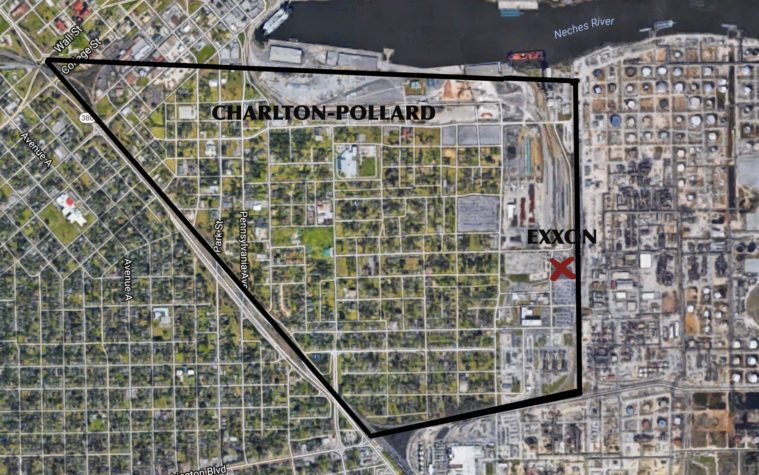
That was 17 years ago. Malveaux has since turned 65 and now pastors at Shining Star Missionary Baptist Church. Last week, the EPA finally reached an agreement with TCEQ on the matter. The resolution? One air monitor about a mile away from the refinery and two public meetings to discuss the data collected by the monitor.
“I asked for a one-mile buffer zone with a half-mile greenbelt,” Malveaux told the Observer. “I asked for help in relocation and a community center and for medical monitoring. I asked for air monitors and that the community be more involved in the everyday operation and to set up a warning system. We got very little of what we asked for.”
The EPA’s External Civil Rights Compliance Office has accepted over 300 cases of racial discrimination since 1993. But the agency has never issued a final finding of discrimination and has been sued several times for failing to respond to Title VI complaints within a reasonable timeframe. Most recently, Earthjustice, a Washington, D.C. environmental group, sued the EPA for “shamelessly” letting racial discrimination cases, including the Charlton-Pollard complaint, languish for decades.
Environmental justice advocates say EPA’s action to resolve the Charlton-Pollard complaint now is too little, too late. In the last year-and-a-half, the EPA has also reached resolutions in four other complaints cited in the Earthjustice lawsuit. Marianne Engelman Lado, director of the environmental law clinic at Yale University and an attorney on the lawsuit, said the EPA appears to “have rushed to close” the cases because of oral arguments before a federal judge this summer.
Andrea Morrow, a spokesperson for TCEQ, said the EPA had not issued any findings of discrimination and that it had evaluated the refinery’s emissions and determined “that adverse short- and long-term health effects for the general public … are not expected as a result of exposure to the permitted emissions.” A spokesperson for the EPA did not respond to a request for comment.
Engelman Lado also took issue with the EPA for failing to reach a decision on whether TCEQ’s permitting and enforcement actions at the Exxon refinery disproportionately affected the Charlton-Pollard residents. The EPA did not issue a decision on the merits of the complaint. Instead, the agency said it “reviewed TCEQ’s policies and procedures regarding its foundational nondiscrimination program” and that the “details of this work will be addressed under a separate process.”
“There are a lot of loose ends in this resolution agreement,” Engelman Lado said. “It seems like EPA wanted to be able to say to the judge, ‘Yes, we took a long time, but now [the complaints are] all closed and you should close the case.’”
The TCEQ spokesperson said she did not know the specifics of EPA’s review under the separate process.
In the agreement, the EPA “acknowledge[d]” changes to TCEQ’s notice requirements that led to more public participation and decreases in hydrogen sulfide emissions at the refinery as improvements. But little has changed for Charlton-Pollard residents. Between 2001 and 2015, residents submitted about 20 complaints about strong odors and dust from the refinery and excessive flaring. TCEQ did not issue violations in any of these cases. In about 30 other cases, TCEQ issued fines between $6,000 and $160,000 for unauthorized emissions.
Meanwhile, residents have been exposed to high levels of sulfur dioxide, hydrogen sulfide and organic compounds such as benzene, which cause breathing difficulties and worsen respiratory issues such as asthma. EPA’s agreement with TCEQ does nothing to address the health problems that residents have lived with for years, said Engelman Lado.
“In none of the cases have they taken a step back and said ‘These cases are more than 10 years old. We should circle back to the complainants. We’ll never make good on the fact that we left this languishing, but let’s figure out how we can be helpful,” Engelman Lado said.
Even the hydrogen sulfide monitor that TCEQ will install is “inadequate” and “meager,” she said. For one, there’s no guarantee that the monitor will remain in the same location. Also, the monitor is about a mile away from the facility, farther away than a previous monitor and may ultimately result in poor estimates of air quality, she said.
Morrow, the TCEQ spokesperson, said the location of the monitor was selected after evaluating locations “within one mile of the site of the previous monitor” and was dependent on the agency being able to secure long-term leases with landowners.
Exxon is planning to expand its Beaumont facility to upgrade its refining capabilities by 40,000 barrels, an increase of 17 percent. The company has not applied for a permit yet, but the expansion will lead to higher emissions and poorer air quality in the region, said Malveaux, the Baptist pastor.
“The people that pollute are allowed to encroach on neighborhoods where they know pollution is the greatest,” Malveaux said. “One side of town has the overbearing responsibility for all of the pollution in the whole city and it’s mainly people who don’t have a voice who are affected. We’ve gone through this over and over and over.”
